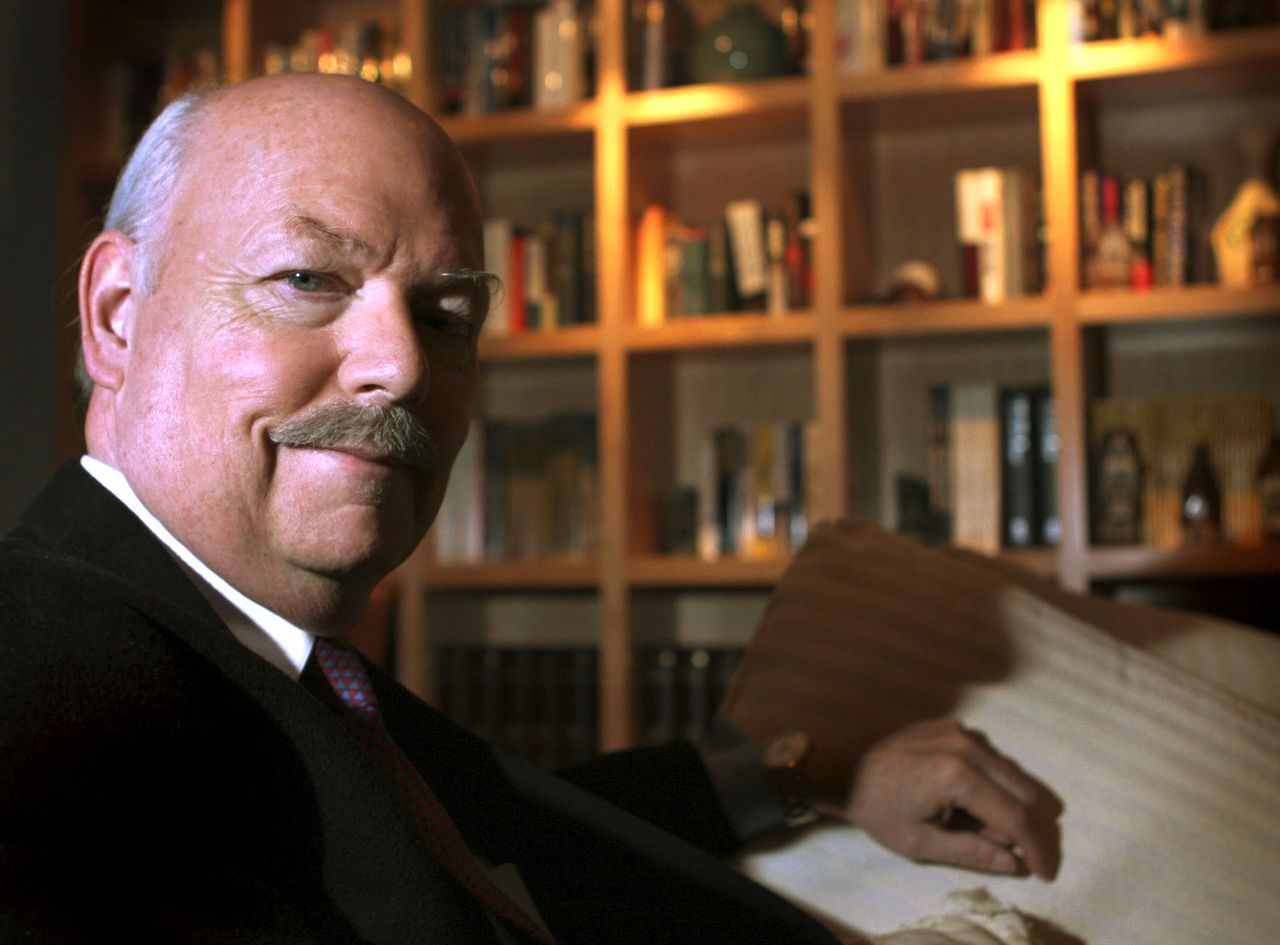Nobody asked but …
This book, The Shadow Factory: The Ultra-Secret NSA from 9/11 to the Eavesdropping on America, by James Bamford, is an eye-opener. It is now in its eleventh year, and nothing has probably changed except details (which Bamford covers exhaustively) — the hardware, software, people (in terms of a collective), data, procedures, and communications most likely have evolved. While Bamford reports on the phenomena he discovered, at a cross-section in time, the subliminal message is that bureaucrats, given leeway, will expand their ambit far beyond what is seen by myopic and unrealistic planners. None of this should be a surprise to us, since it is the demonstration to us of how things actually work, as described to us by Ludwig von Mises in his masterwork, Human Action.
All units (individuals) have agenda. Each human will try to attach her agenda to the agenda at the highest levels attainable — for instance, in The Shadow Factory, the top set of agenda is that of the White House (nominally authored by George W. Bush, truly by Dick Cheney), a lower but very high set of agenda for the NSA, expressed by and through General Mike Hayden. Human action is motivated by opportunities to lessen unease. In this case, Hayden already had an agenda, but the incumbency of new bosses (formally Bush but more actively Chaney/Rumsfeld) created unease for Hayden about how the existing agenda could survive. It would survive by appearing to attach those (NSA/Hayden) agenda to selected agenda of the White House.
These are natural phenomena.
— Kilgore Forelle




